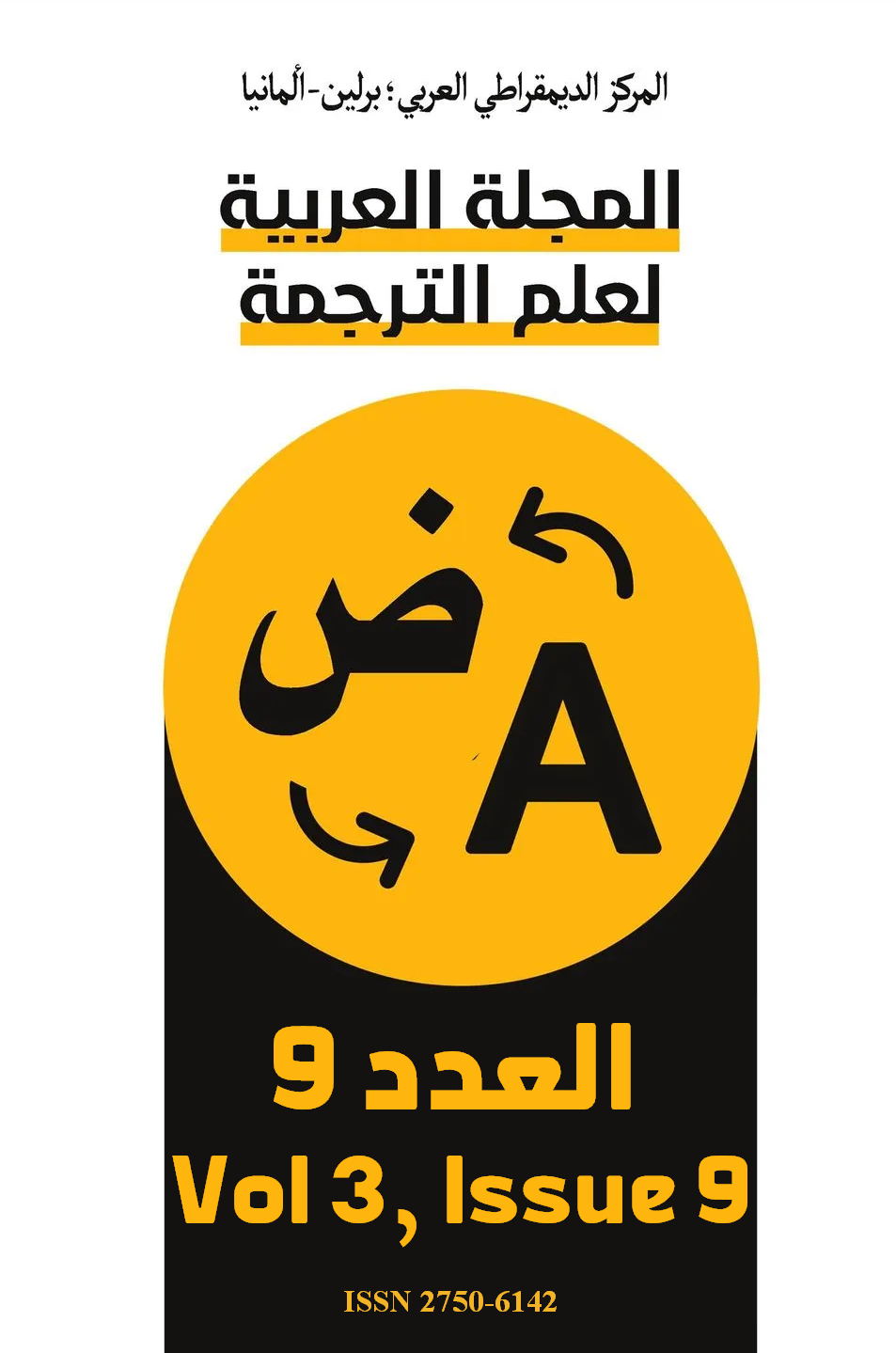Rendering Emphatic Skopos in the English Qur'an translation: The Case of Surat Yusuf
DOI:
https://doi.org/10.63939/AJTS.qx30na61Keywords:
Qur'an, Emphasis, Skopos, Purpose, Coherence, LoyaltyAbstract
Emphasis is a key linguistic feature of Qur'anic Arabic that significantly enhances the function of verses in the Holy Qur'an. Understanding how these emphatic devices are translated is crucial for preserving their intended impact. The purpose of this paper is to analyze how emphatic devices in Surat Yusuf are translated, employing a descriptive functional approach grounded in Hans Vermeer’s (2012) Skopos Theory. This theory emphasizes the translator’s purpose and the necessity of coherence and loyalty in the target text for successful translation. The study examines three translations: Abdullah Yusuf Ali (1934) (TT1), Taqi-ud-Din Hilali and Mohsin Khan (1924) (TT2), and Muhammad Marmaduke Pickthall (1930) (TT3). A qualitative analysis of selected samples assesses whether the functions of the original emphatic devices are effectively conveyed in the translations. The analysis reveals that the translators largely succeeded in expressing the main functions of the emphatic devices through strategies such as literal translation, addition, and compensation. However, some loss of emphatic functions emerged due to omissions stemming from misunderstandings of the devices’ intended roles. This study highlights the importance of translator awareness of emphatic functions and suggests avenues for future research to further explore the nuances of translation fidelity and audience engagement in Qur'anic texts. This paper contributes new insights into the translation of Qur'anic emphasis, demonstrating the balance between fidelity to the original text and the need for emotional resonance in translations, which is valuable for scholars and translators alike.
Downloads
References
Abdul-Raof, H. (2006). Arabic rhetoric: A pragmatic analysis. Routledge DOI: https://doi.org/10.4324/9780203965399
Al-Akbarī, A. (1995). The Core of the Issues of al-Binā’ (words which do not change the shape of their endings) and al-’I‘rāb (the inflection)]. (Damascus, Syria: Dār alFikr,), 166-205
Al Ameedi, R. (2011). Repetition in English and Arabic: A Constructive Study. University of Babylon
Al-Jurjani, A-Q. (1984). Dala'il Al-ijaz. Cairo: Maktabat AI-Khanachi
Edris, L. (2019). Assessment of Arberry’s Translation of Emphasis in Qur’anic Dialogue. Australian Journal of Islamic Studies, 4. 33-53. https://doi.org/10.55831/ajis.v4i1.105 DOI: https://doi.org/10.55831/ajis.v4i1.105
Ferreira, F. (2021). In defense of the passive voice. American Psychologist, 76(1), 145-153. https://doi.org/10.1037/amp0000620 DOI: https://doi.org/10.1037/amp0000620
Gleason, H. A. (1965). Linguistics and English Grammar. New York: Holt, Rinehart & Winston. https://www.scirp.org/reference/referencespapers?referenceid=2335310
Gong, Y. (2020). Translation Strategies of the Strange Days Under Skopos Theory. Theory and Practice in Language Studies. http://dx.doi.org/10.17507/tpls.1009.21 DOI: https://doi.org/10.17507/tpls.1009.21
Hāshimī, A. (2000). Jawāhir al-Balāghah fī Al-maʻānī wa-Al-bayān wa-Al-badīʻ [Jewels of Eloquence: On Meanings, Rhetoric, and Beautification]. Al-Siddiq Publishing and Printing House
Ibn-Hishām, J. (1995). Awḍaḥ al-Masalik ’Ilá ’Alfīyat ’Ibn Mālik [The Clearest Way to the Millennium of ’Ibn Mālik]. Beirut: Dār al-Fikr lil-ṭibā‘ah wa al-Nashr wa al-Tawzī‘
Muhammed, J. M. (2014). A study of some emphatic Arabic particles in the Glorious Qur'an with reference to translation. College of Basic Education Researches Journal, 13(1), 935-948
Nord, C. (1997). Translation as a Purposeful Activity. Translation Theory Explained. Manchester: St. Jeromy Publishing
Quirk, R. S., Greenbaum, G. L., Leech, G., & Svartvik, J. (1985). A Comprehensive Grammar of the English Language. London: Longman
Ryding, K. C. (2005). A Reference Grammar of Modern Standard Arabic. Cambridge: Cambridge University Press DOI: https://doi.org/10.1017/CBO9780511486975
Reiß, K., & Vermeer, H. (2014). Towards a general theory of translational action: Skopos theory explained. (C. Nord, Trans.). New York, NY: Routledge. (Original work published 1984) DOI: https://doi.org/10.4324/9781315759715
Vermeer, H. J. (2012). Skopos and Commission in Translational Action. (L. Venuti. Trans.). The Translation Studies Reader (3rd Ed.). London: Routledge, pp. 191–202. (Original work published 1989)
Downloads
Published
Issue
Section
License

This work is licensed under a Creative Commons Attribution-NonCommercial 4.0 International License.
As an open-access the journal follows the CC BY-NC 4.0 Attribution-NonCommercial 4.0 International which states that:
- you are free to:
- Share— copy and redistribute the material in any medium or format.
- Adapt— remix, transform, and build upon the material.
- Under the following terms:
- Attribution— You must give appropriate credit, provide a link to the license, and indicate if changes were made. You may do so in any reasonable manner, but not in any way that suggests the licensor endorses you or your use.
- NonCommercial — You may not use the material for commercial purposes.
- No additional restrictions — You may not apply legal terms or technological measures that legally restrict others from doing anything the license permits.












